Landcross Tunnel
Landcross Tunnel
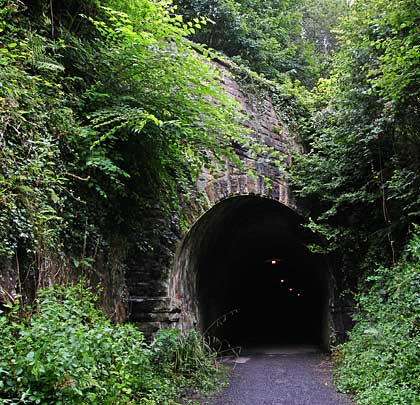
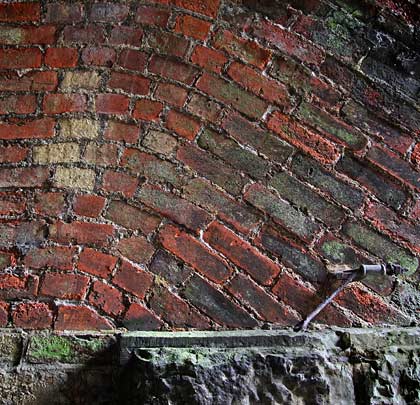
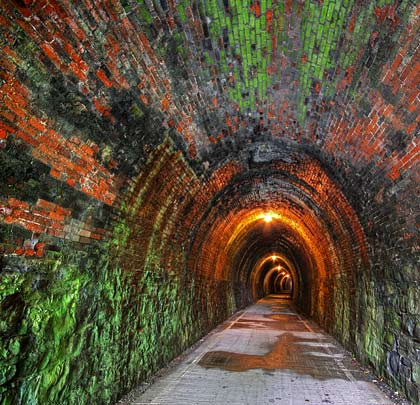
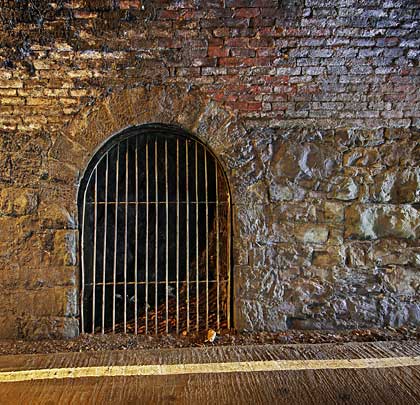
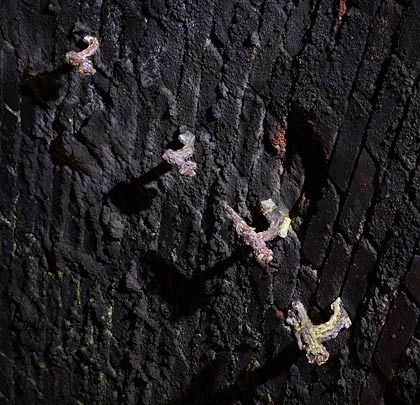
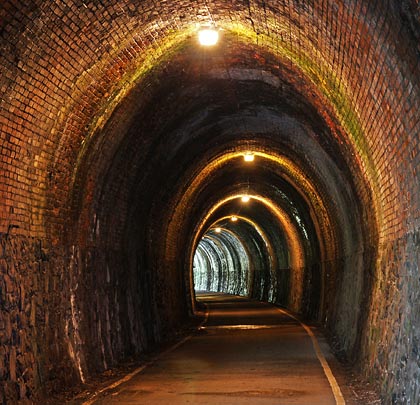
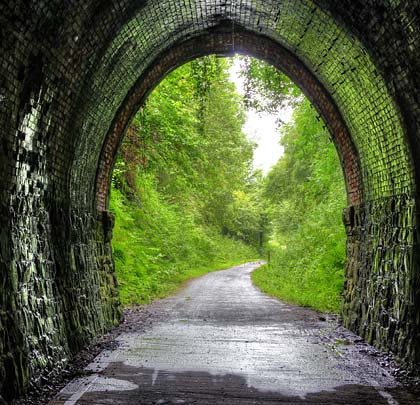
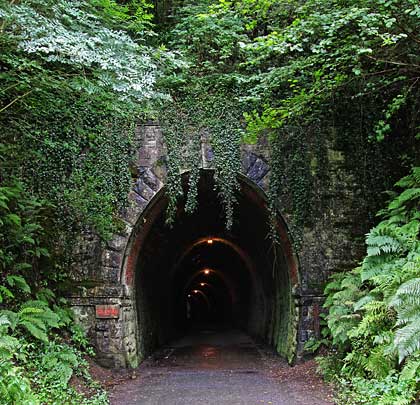
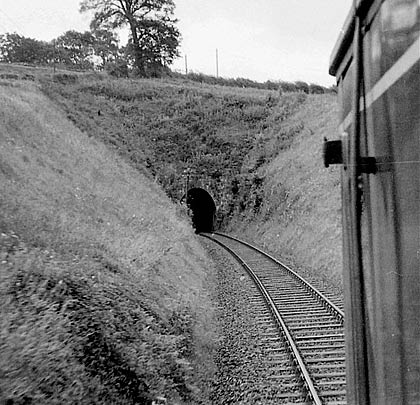









Barnstaple’s first railway – which opened to Fremington Quay in 1848 – was extended to reach Bideford seven year later and Torrington in 1872, the latter section being built by the London & South Western Railway. The branch became a through route in 1925 when the North Devon & Cornwall Light Railway completed its meandering 20-mile line to Halwill Junction with the intention of better serving the area’s ball clay pits. This was worked by electric token and had an achingly slow linespeed of 20-25mph.
In an effort to gain greater control over West Country traffic, the L&SWR had given a Parliamentary undertaking to progress the extension to Torrington in 1865. In reality, the town did not justify the expense and it sought powers to abandon the scheme. These were successfully resisted thanks mostly to a local gentleman, the Hon Mark Rolle, Lord of the Manor of Torrington.
18th July 1872 marked the route’s opening. It was engineered by William Galbraith and R F Church, built by James Taylor and inspected for the Board of Trade a month earlier by Colonel Yolland who declared “his entire approval of the substantial manner in which the works had been carried out”.
The heaviest section of line to construct was around Landcross where a bridge was needed over the River Torridge, leading to a tunnel of 196 yards in length. This was approached through a steep-sided cutting, at the end of which was the diminutive north portal, built in attractive stone but now covered with ivy.
Horseshoe shaped in profile, the tunnel curves to the east throughout on a radius of about 40 chains. Built to host a single track, it features masonry sidewalls and a brick arch. Refuges were provided at regular intervals although these were fenced off as part of the tunnel’s conversion to host the Tarka Trail cycle path. Lighting was also installed. A number of telegraph wire brackets remain extant on the east-side haunch.
A road passes over the tunnel at the south end, resulting in the portal being substantially skewed. Associated with this, the brick courses on the east side turn downwards, easing the challenge of constructing the skewed arch section beyond.
The passenger service through the tunnel ended on 4th October 1965 although it was reinstated for two weeks in January 1968 due to flood damage sustained by Bideford road bridge. Milk and clay traffic continued until economic realities dawned on 31st August 1982. The line was traversed by charter train on 24th January 1983 but any hope of a revival had already been lost. The track was lifted in 1985.
 November 2014
November 2014





